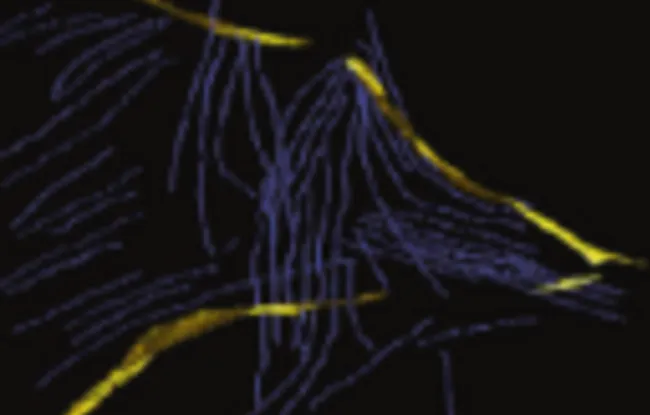- Home
Physics of Living Systems and Chemical Biology
Institut Curie researchers combine interdisciplinary approaches from Physics, Chemistry, and Biology in order to better understand the complexity of living things.

Physics of Living Systems
The physics of living systems applies concepts and tools from physics to better understand complex living systems such as cells, tissues and tumors. From a physicist’s point of view, cancer cells display remarkable properties: often more rigid and more active than healthy cells, they can also detach from a tumor and disseminate elsewhere in the body.
Research Center teams combine theoretical and state of the art experimental approaches: mathematical modeling, single cell approaches, microfluidics, super-resolution microscopy, and numerous innovative devices to manipulate cells and allow for the quantitative study of their behaviors at different scales, from molecules to tissues. Some researchers study the assembly of cell membranes, while others focus on mechanobiology or optogenetics, which allows to control cells with light. Others apply active matter theoretical frameworks to model cell dynamics and cells interactions. They are also developing novel technologies, such as “tumor-on-a-chip” devices, miniature in vitro models that allow for the detailed analysis of cell dynamics or tumor microenvironment.
“The interface between physics and biology is rich in scientific discoveries. The promise of a quantitative and interdisciplinary description of fundamental biological mechanisms makes it possible to shed light on the physiological and pathological states of living systems, in particular cancer, from a new angle”, explains Pascal Hersen, director of the Physical Chemistry unit (UMR168) and head of the Dynamic Control of Signaling and Gene Expression research team.
Chemical Biology
In the realm of cancer research, chemical biologist study the molecular processes that cause tumors to develop. At Institut Curie Research Center, cell plasticity is a major focus of the research in this area. Cancer cells can reorganize themselves and evolve in response to the stresses and constraints of their environment, including when they are attempting to resist treatment. Such plasticity causes metastatic progression and recurrence. Classic chemotherapy aside, cell plasticity can also slow the effectiveness of targeted therapies when the cancer cells manage to activate an alternative signaling route or change their state in order to adapt.
Several Research Center teams are dedicated to developing molecules that can block the plasticity of malignant cells, particularly those capable of forming metastases, for concurrent use with therapies that block cell proliferation. Basic chemical biology research remains essential. Recently, researchers identified a new method of iron absorption affecting the development of metastases and recurrences.
“Ironomycin, which is a more potent and less toxic derivation of a molecule known for its anticancer properties, has already been successfully tested in preclinical breast cancer”, says Raphaël Rodriguez, head of the Chemical Biology of Cancer research team.

